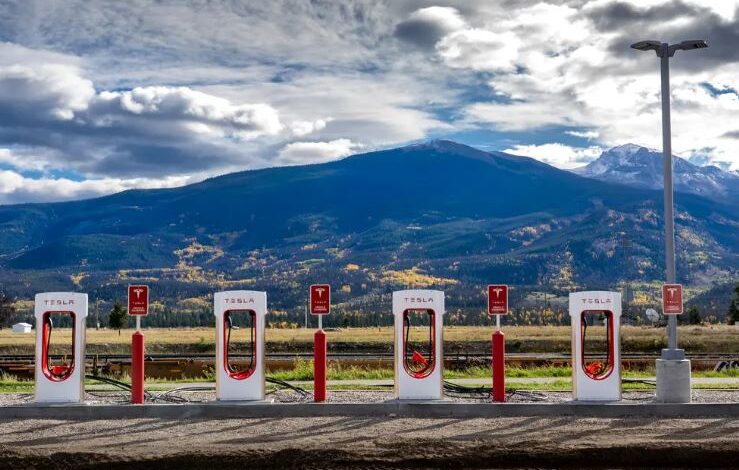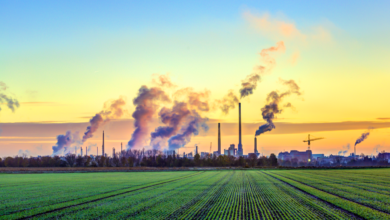La Tesla trembles: 7 majors will compete on charging stations
Currently there are just under 8,700 fast DC charging stations in the US and Canada
Seven major automakers will come together to build a large network of charging stations for electric vehicles in North America. These are General Motors, BMW, Honda, Hyundai, Kia, Mercedes and Stellantis. The group has in mind to give a shoulder to the rival Tesla, which has long invested in the sector and is strong communication and marketing well developed.
The increase in competition is seen by analysts as a potential spring for the acceleration of electric mobility in the continent. This alliance is expected to double the number of fast charging stations in the United States and Canada. Currently there are just under 8,700 fast DC charging stations in the United States and Canada, with almost 36,000 columns. At least according to data from the US Department of Energy. The National Renewable Energy Laboratory estimates that 182 thousand columns will be needed by 2030.
read also Connected Home Charging, the pan-European home intelligent charging system
Companies will contribute to a sensible share. They told the Associated Press that together they will make a multi-billion dollar investment to build the stations. They plan to put at least 30,000 columns in urban areas and along major suburban arteries by 2030. The move aims to dispel fears that the infrastructure is not capable of guaranteeing long-distance travel. This in fact has long been the Achilles’ heel of electric mobility.
Fast chargers can bring a battery to 80% of its capacity in a time between 20 minutes and an hour, making them optimal for those moving over medium to long distances.
With batteries that still have quite obvious limitations in terms of capacity, it is difficult to attract consumers. Especially those that travel considerable distances.The 7 companies have not revealed the financial details of the joint venture they are training to develop the charging network. But at least there is a date for the ribbon cutting of the first station. It will be inaugurated in the United States by next summer.






